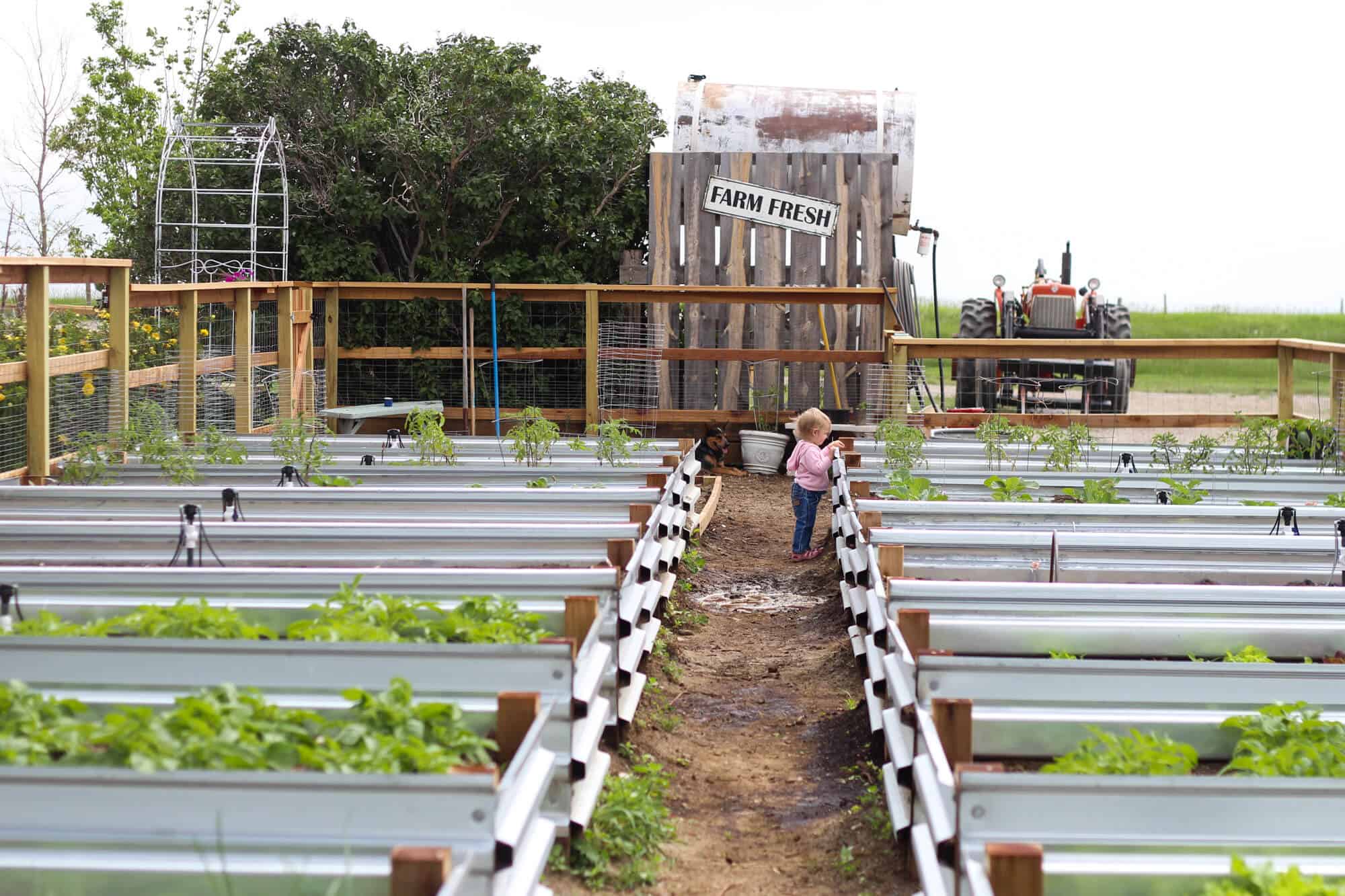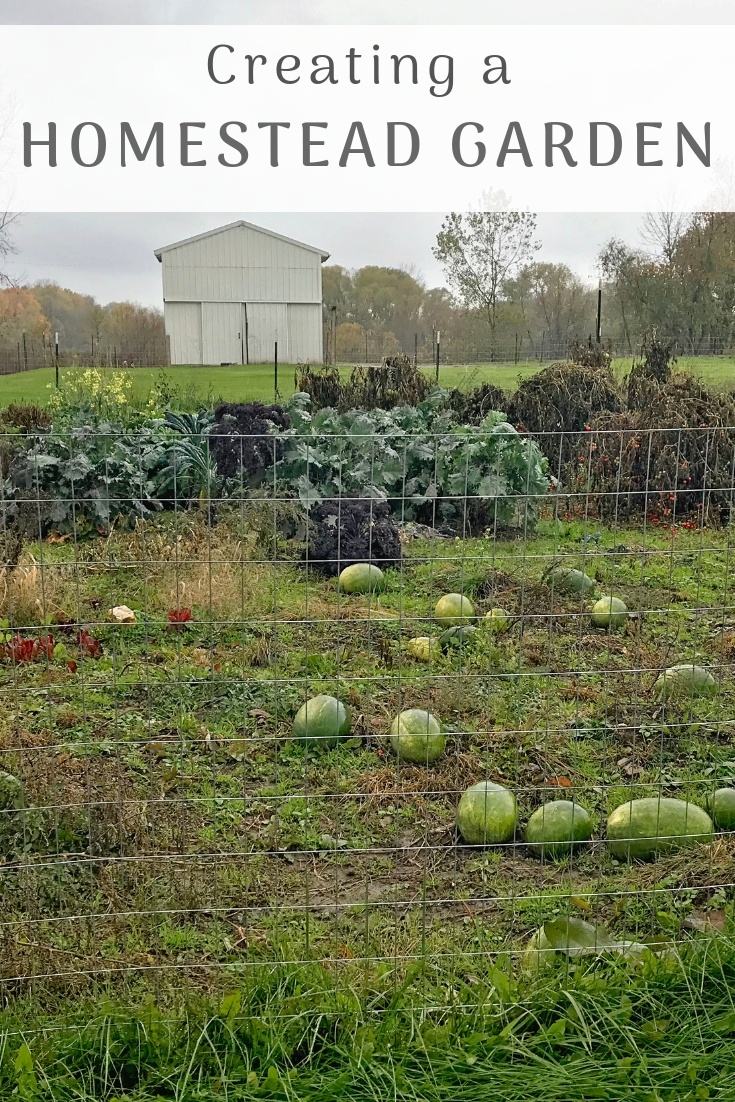How to Plan Your Homestead Gardening Effort
How to Plan Your Homestead Gardening Effort
Blog Article
Learn How to Cultivate a Thriving Gardening Environment for All Skill Levels
Developing a growing garden is a multifaceted endeavor that can be embraced by individuals at any kind of ability level. By examining essential elements such as dirt health and wellness, suitable plant choice, and seasonal treatment regimens, one can establish a lasting horticulture technique that generates satisfying outcomes. Comprehending exactly how to evaluate and improve your garden area lays the structure for success. The ins and outs of executing these principles typically existing difficulties that can prevent also the most enthusiastic beginner. What strategies can be employed to overcome these challenges and foster a genuinely successful setting?
Understanding Your Yard Area
In the world of horticulture, recognizing your garden space is extremely important to cultivating a flourishing landscape (Homestead Gardening). The very first step in this undertaking includes assessing the particular features of your plot. Factors such as soil structure, sunshine exposure, and water drainage play vital roles in figuring out the suitability of your garden for different types of plants
Begin by conducting a soil examination to analyze pH degrees and nutrition content, which will inform any required changes. Additionally, observe how much sunlight your space gets throughout the day. Various plants have varying light requirements; some flourish in full sunlight, while others favor full or partial color.

Last but not least, examine the readily available area and strategy appropriately. This consists of thinking about plant elevations and infected make sure sufficient room for growth without congestion. By getting a detailed understanding of your yard space, you established the foundation for an effective horticulture experience.
Choosing the Right Plant Kingdoms
Choosing the right plants for your yard requires cautious factor to consider of numerous factors, including climate, dirt problems, and personal preferences. Begin by analyzing your local climate, as particular plants flourish particularly temperature level varieties and climate patterns. For example, tropical plants may not endure in chillier areas, while durable perennials can withstand extreme winters months.

Consider your personal choices, consisting of visual allure and maintenance levels. Make a decision whether you prefer vibrant flowers, lavish vegetation, or edible plants. In addition, consider the time and initiative you are willing to buy plant care, as some ranges demand more interest than others.
Lastly, think of the yard's design and light direct exposure. Sunshine patterns throughout the day will influence your options-- some plants need full sunlight, while others thrive in color. By attentively evaluating these aspects, you can produce a productive and unified yard tailored to your setting and preferences.
Crucial Horticulture Devices
A well-equipped garden enthusiast can substantially improve their horticulture experience and results. Crucial horticulture tools are fundamental to cultivating an effective garden, regardless of skill level. A durable spade is important for digging and turning dirt, while a trowel Get the facts allows for exact growing and hair transplanting of smaller sized plants.
Trimming shears are crucial for maintaining plant wellness by getting rid of dead or disordered branches, promoting much better air blood circulation and growth. Furthermore, a hand rake serves for getting rid of debris and aerating the dirt, making certain ideal conditions for plant origins.
Gardening gloves secure hands from thorns, blisters, and chemicals, making them an essential accessory. A watering can or pipe with an adjustable nozzle ensures that plants obtain appropriate dampness without overwatering.
Lastly, think about purchasing a durable wheelbarrow for transporting dirt, plants, and devices around the garden efficiently. By assembling a quality toolkit that consists of these crucial products, gardeners can tackle numerous tasks with self-confidence and ease, leading the means for a flourishing horticulture environment. Remember, the right tools not just improve performance however likewise improve the overall satisfaction of the gardening process.
Soil Preparation and Upkeep
Quality soil is the foundation of a successful garden, making appropriate prep work and upkeep essential for healthy and balanced plant development. The very first step in soil prep work includes checking its pH and nutrient levels. This can be achieved via soil screening packages readily available at gardening centers or through specialist services. Based on the test results, modifications can be made to enhance dirt conditions for details plant needs.
Integrating raw material, such as garden compost or well-rotted manure, is essential for enhancing dirt structure and fertility. This not only enhances nutrition accessibility but also promotes useful microbial activity. Additionally, correct water drainage is essential; hefty clay soils click to read might need the addition of sand or perlite to boost oygenation.
Routine maintenance of soil wellness consists of mulching, which preserves wetness and subdues weeds. Turning plants each year aids avoid nutrient deficiency and lowers insect and illness risks. It is additionally essential to prevent over-tilling, which can interrupt soil structure and injury helpful organisms.
Inevitably, a constant dedication to soil preparation and maintenance will certainly lead to a growing yard, making certain that plants receive the essential nutrients they need for durable development and performance.
Seasonal Treatment and Management

In springtime, focus on growing new seeds and seed startings, while additionally carrying out soil tests to amend nutrient shortages. Consistently look for diseases and bugs, as these can multiply with the warming climate. Summertime needs constant watering and mulching to retain dampness, in addition to pruning for better air circulation.
As fall techniques, it's time to prepare the garden for inactivity. This includes gathering plants, cleansing up particles, and using a layer of mulch to secure plant roots from frost. Take into consideration planting cover plants to improve the dirt during the winter months.
Lastly, wintertime care is important. Check structures like greenhouses for damage and make certain correct insulation for sensitive plants. On the original source a regular basis monitor for insects that might seek refuge indoors. By adjusting your horticulture methods to the seasonal cycles, you can cultivate a growing environment that supports plant health year-round.
Final Thought
To conclude, growing a successful garden needs a thorough understanding of crucial concepts such as dirt composition, sunlight direct exposure, and ideal plant selection. Implementing effective dirt prep work and maintenance techniques, together with using the right tools, cultivates an ideal growing environment. Normal seasonal care and monitoring techniques further enhance plant wellness and productivity. By adhering to these foundational guidelines, individuals in all ability degrees can achieve a prospering yard that adds to both aesthetic pleasure and environmental sustainability.
Choosing the right plants for your garden calls for mindful factor to consider of various elements, including environment, soil problems, and individual preferences. Conduct a dirt examination to figure out pH levels and nutrient content, which will assist you in picking plants that will flourish in your yard.Lastly, take into consideration investing in a durable wheelbarrow for transporting dirt, plants, and devices around the yard effectively.Quality soil is the foundation of an effective yard, making proper prep work and maintenance critical for healthy and balanced plant development. Homestead Gardening.In verdict, cultivating an effective yard requires a thorough understanding of important principles such as dirt composition, sunshine exposure, and proper plant selection
Report this page